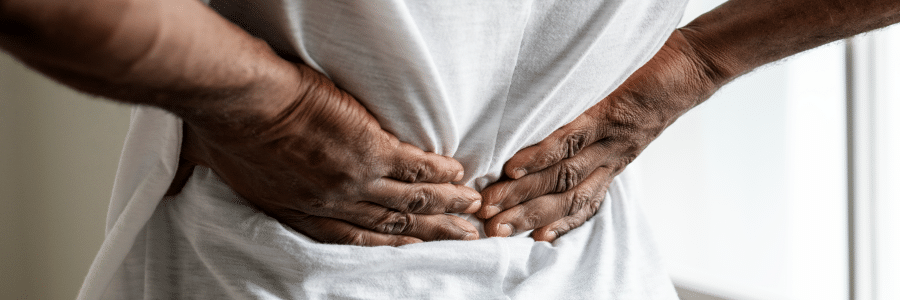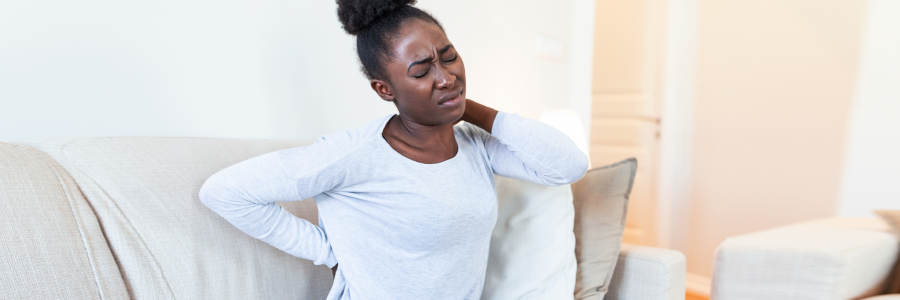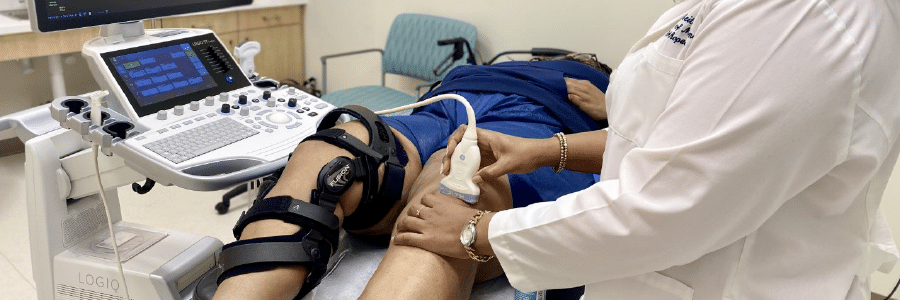What Causes Lower Back Pain?
February 9, 2022
Four out of five people experience lower back pain at some point in their lives. It’s one of the leading reasons why people visit their doctors.
Back pain can be sharp or dull, or you may notice stiffness that makes it hard to move or stand up straight. You may find it’s more comfortable to stand bent rather than straight. Sometimes your lower back will spasm or contract. You may also find the pain gets better when you lie down.
A lot of things can cause lower back pain:
- Strains and sprains. The most common cause of back pain is a back strain or sprain. You can injure muscles, tendons, or ligaments by lifting something that’s too heavy, or by lifting it wrong (putting a strain on your back, rather than your legs). But some people strain their back by sneezing, coughing, twisting, or bending over.
- Fractures. You can break the bones in your spine in an accident, like a car crash or a fall. Some medical conditions – like spondylolysis, age-related wear and tear of the spinal disks, or osteoporosis, in which bones become brittle and weak – increase the risk of fractures.
- Disk problems. Disks cushion the small spinal bones or vertebrae. Spinal disks can bulge or tear from their position in the spine and press on a nerve, causing significant pain. As you age, disks sometimes flatten and offer less cushion.
- Structural problems. Spinal stenosis is a condition that occurs when the spinal column is too narrow for the spinal cord. It can result in something pinching the spinal cord, which can cause severe sciatic nerve pain and lower back pain.
- Arthritis. Osteoarthritis is the most common type of arthritis and can cause lower back pain. Ankylosing spondylitis is another form of arthritis that causes lower back pain, inflammation, and stiffness in the spine.
- Disease. Tumors, infections, and different kinds of cancer can cause back pain. So can conditions like kidney stones and abdominal aortic aneurysms.
- Spondylolisthesis. This condition, in which a bone or vertebrae in the spine slips out of place, usually results in back or leg pain.
While many cases of lower back pain get better with rest, ice, and over-the-counter pain relievers, more serious cases require medical treatment. Treatments for lower back pain depend on the cause and can include:
- Medications. Doctors may recommend prescription analgesics to relieve pain, relax muscles, and prevent back spasms.
- Physical therapy. Physical therapy can strengthen muscles to support your spine better, and therapy can improve flexibility and help you avoid another injury.
- Hands-on manipulation. Osteopathic or chiropractic treatments can relax tight muscles, reduce pain, and improve posture and alignment. Massage therapy may also alleviate back pain and help to restore function.
- Injections. Your doctor can inject medication into the area that’s causing pain. For example, steroid injections can relieve pain and reduce inflammation.
- Surgery. Some injuries and conditions need surgical repair – either using minimally invasive procedures or more traditional surgery.
Get the Care You Need
Ready to take the next step for a healthier life? Grady can help. If you need a primary care physician, book your appointment online at gradyhealth.org, use MyChart, or call (404) 616-1000. We’ll arrange an appointment at a Primary Care Center near you. Doctors there can treat most conditions and provide access to Grady’s unparalleled medical specialty expertise.

Advertisement


